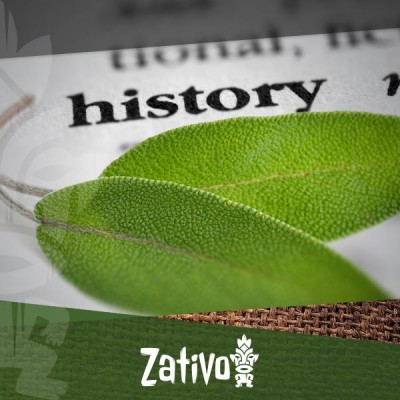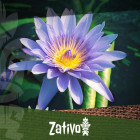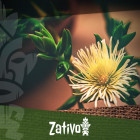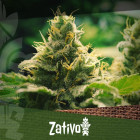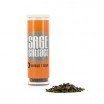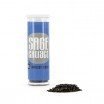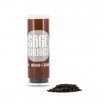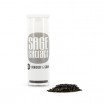Don't have an account?
Register NowYou have to add to cart at least 5 bottles or any program to make checkout.
- BlogThe History Of Salvia
The History Of Salvia
Published: September 15th, 2017
Categories:
Plants and Seeds
Often, the stories that lead us back to their true origins are wondrous adventures of brave explorers from the past. The story of Salvia is a great example of just that.
It is woven into mysterious tales of ancient shamans, modern explorers and even some kooky theories and intrigues, involving the scientific minds of Albert Hofman, Alexander Shulgin, Gordon Wasson and Jean B. Johnson. And as far as recorded history, it goes all the way back to the 1930’s.
Salvia divinorum's, a.k.a. Diviner's Sage's, mysterious past
Anthropologists, chemists, psychiatrists, botanists, doctors and all sorts of scientist started exploring the deepest, most remote places on earth, collecting historical narratives, data and actual samples to bring back into the modern world. Many part-took in indigenous ceremonies and did their best put to words their inexplicable experiences.
Truth is, there is no actual true history for Salvia. There is only our modern account of it, science, and what we make out of its mysteries. Salvia is a South American member of the mint family, used extensively by countless, regional cultures in all sorts of ceremonies.
The epicentre seems to revolve around the Oaxaca Aztec region of southern Mexico, home to some of the most ancient cultures that we know of, like the Zapotecs, Mixtecs, and of course, the Mazatec.
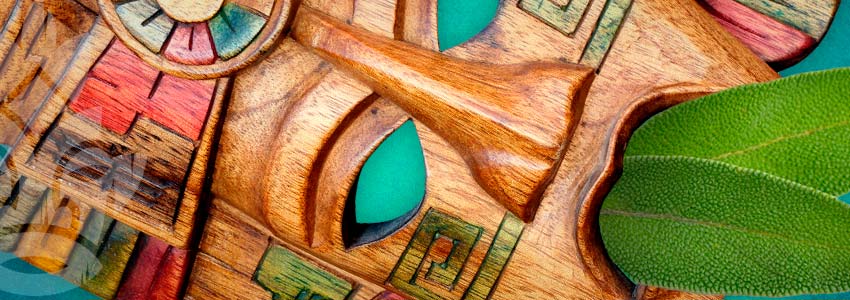
WHERE IT ALL BEGAN, AND THE KOOKY THEORIES
We now know that Salvia is used in many other regions. We also know that the exact locations and cultivation details are kept under strict secrecy by the natives.
But probably above all, we now know that Salvia reproduces vegetatively, rarely producing any viable seed. This brings forth some fascinating and thought-provoking theories.
One such theory proposes that Salvia divinorum is either a cultigen or a hybrid. Being a cultigen means ancient humans learned propagation techniques (cloning) thousands of years ago.
And, that crop after crop, they kept selecting the best specimens and maintained rigorous cultivation procedures to maintain their crops, year after year. This signifies that they genetically selected, modified, and kept a genetic lineage throughout centuries.
These are called anthropogenic plants, which quite literally means: man-made plants. Which is what modern agriculture is all about. Seem a bit too far-fetched?
The other is that Salvia is but a fluke hybrid. A natural genetic mutation that happened once a few thousand years back. It managed to survive with an extremely low viable seed count that defies basic statistical logic. Let us illustrate this a little further.
Modern Salvia producers are able to sometimes trick the plant into producing seeds, and these are viable at a 2% rate. Seeds that are actually viable will be so for just a few days, dropping to under 1% viability after that. So let's imagine you were able to produce 5000 seeds. Of those, potentially only 100 are viable within the first few days.
Producers report that, in over 22 years of natural cultivation, they have never encountered a single seed in the wild. Salvia divinorum could technically have survived by itself, but what are the odds?
EXPLORERS FROM THE PAST
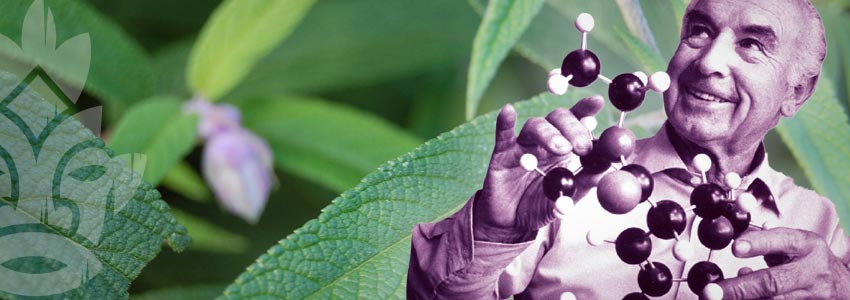
The ancient Aztec left behind evidence of a plant, which they coined as Pipiltzintzintli. There is huge debate if this is, in fact, Salvia divinorum or not. If it is, the use of Salvia goes back to at least the 13th century. The reported use of this plant by the Aztec has a striking resemblance to the spin-off sub-culture of today.
In the summer of 1938, the anthropologist Jean B. Johnson was studying the Mazatec culture, particularly their shamanic practices. The Mazatec would use Salvia, magic mushrooms, Morning Glory seeds and possibly other narcotics, for many different types of rituals with different purposes.
Examples of these purposes are locating lost objects or animals or trying to foresee the future. Johnson was unable to scientifically name the plant and died soon after in World War II.
In early 1961, R. Gordon Wasson was able to collect better samples from Mexico and send them to the world’s leading authority on Salvia species, Dr. Carl Epling, Professor Emeritus at UCLA. Unfortunately and to Wasson’s frustration, the samples were not enough to adequately describe the plants.
It was only in October 1962, after an expedition to the Sierra Mazateca, that Wasson and Albert Hofmann (the inventor of LSD) managed to collect a living specimen and send it to Epling, who managed to identify the new species and published a paper describing it in December of 1962.
THE PLOT THICKENS
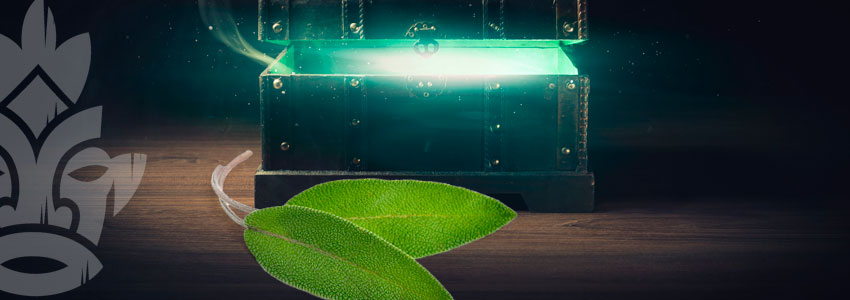
It is thought that Epling was able to propagate same plant material and keep the lineage alive. It is documented that he gave a living specimen of the newly discovered and named Salvia divinorum to the UCLA Botanical Garden in 1963.
It is presumed that all Salvia divinorum up to 1979 come from the same plant, and this lineage was even given a name, the Wasson-Hofmann strain.
This, however, has now been debunked. From the analysis of correspondence between Epling and Wasson, we now know the plants sent for the initial successful identification were dried and pressed in Mexico and not propagated by Wasson-Hofmann.
It was psychiatrist and ecologist Sterling Brunnell, the first to bring back live specimens to Epling, who promptly housed them at the university's Botanical Garden, entering the collection as "S. divinorum accession number UCLA 63-104", in 1963. It was the same Dr. Brunnell who sent specimens to Alexander Shulgin, at the time employed at the Dow Chemical company in Walnut Creek.
So it is, without a doubt, the “Brunnell” strain that was the first to become commercially available to the public, and certainly the most widespread strain in cultivation today.
It was through the collective works of these adventurous scientists and psychonauts, along with the advent of the internet, that Salvia divinorum became widely known the world over. Salvia divinorum holds many mysteries and secrets, the biggest of which is how, where and when this plant and humans had their first experience together.

